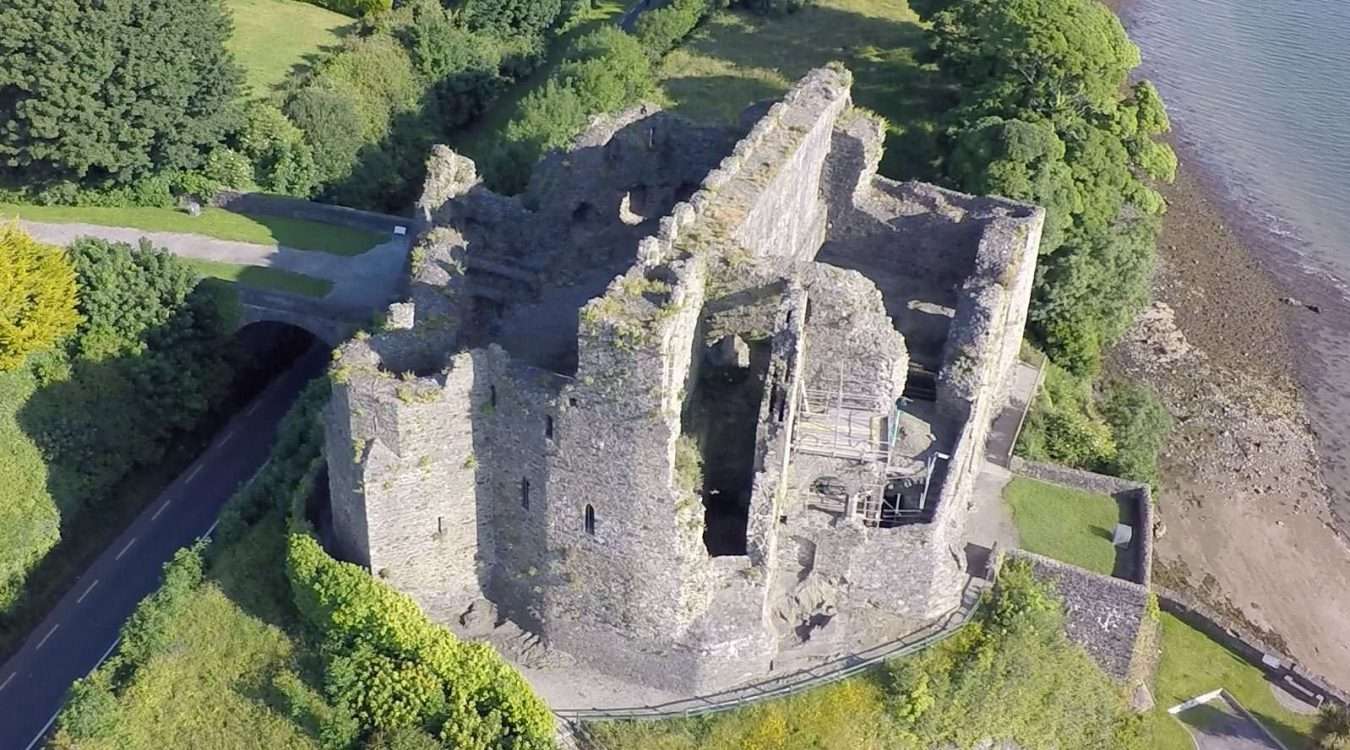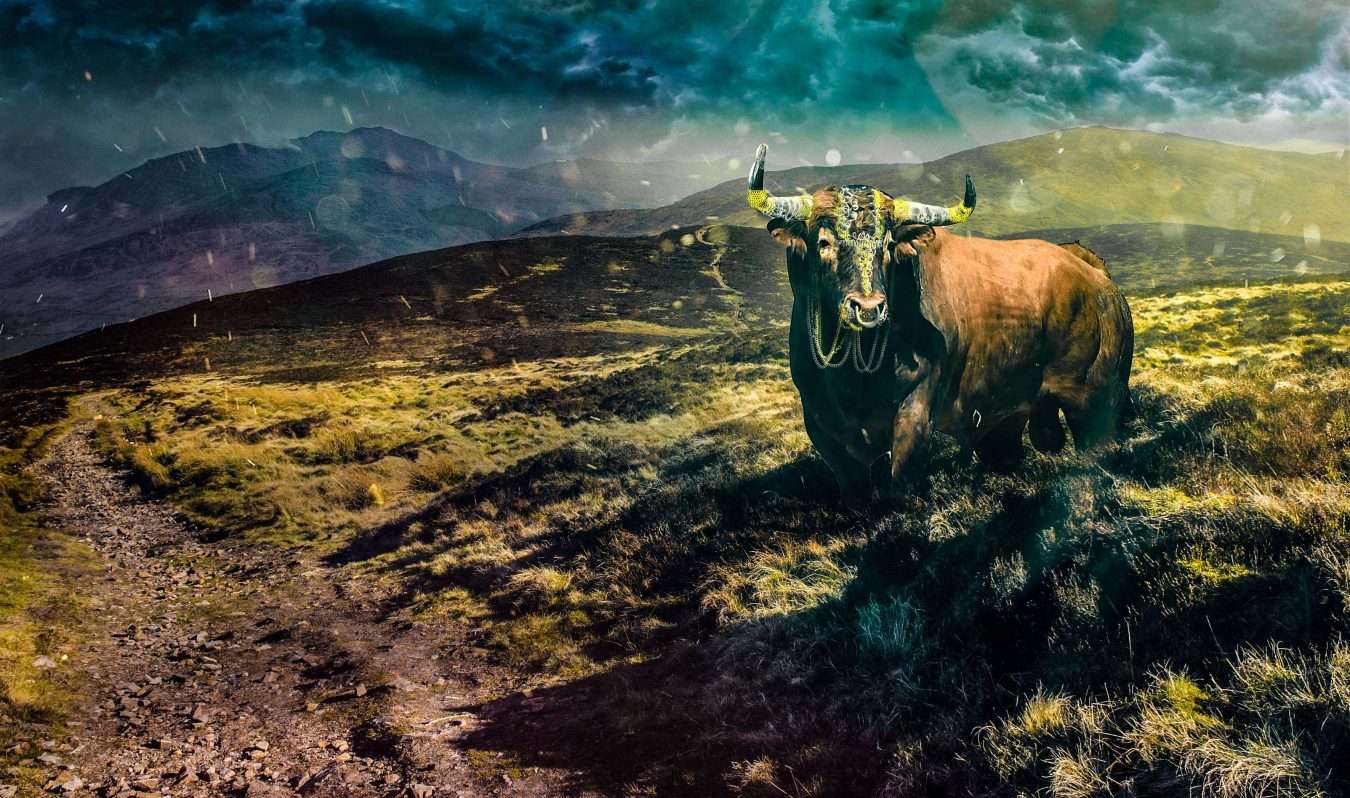King John’s Castle
Louth is home to a barometrical point of interest, King John’s Castle, on the southern shores of Carlingford Lough. Forged from the Hillside by Hugh de Lacy, this interesting stronghold offers dazzling perspectives over the Lough towards the Mourne Mountains and the local legend has it that King John decided to stay here instead of Belfast for approximately three days in 1210 AD.
The first stronghold that was built was comprised of an encased yard with two rectangular towers at the passageway and had two story structures inside. The eastern portion of the château was then added in 1261 AD and incorporated various rooms and likely an awesome lobby which would have inspired awe on visitors. There were various modifications made to the building throughout the hundreds of years of its life.
The tower house of the castle was built in two stages, with the more seasoned segment finished in the mid-sixteenth century. The fortified extension was most probably constructed around 50 years after the fact to give all of the inhabitants more living convenience and was most probably completed during the tenture by the Earl of Carlingford, Nicholas Taaffe.
King John’s Castle seems to have stayed in English hands amid the post-medieval period. Hugh O’Neill, Earl of Tyrone, attempted to take the manor in an unexpected assault in 1596 and the stronghold changed hands a few times over the next hundreds of years. It likewise worked as a doctor’s facility amid the period paving the way to the Battle of the Boyne. Visit this impressive site to see a real bit of Irish history.





